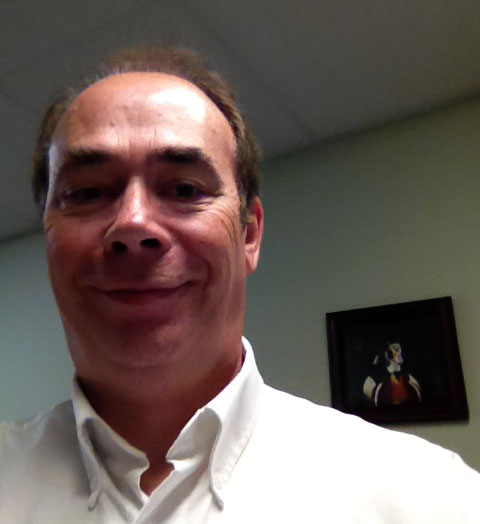
Bob shares a selfie
The first known photo selfie was taken by
Robert Cornelius in 1839. Of course, it would have been called a “self-portrait” back then, but the idea is the same. Over the centuries, producing a picture of yourself has moved from a
painted masterpiece, to a camera with a timer on a tripod, to simply pointing your cellphone camera toward you and snapping a quick shot.
No matter how it was produced, I think you can learn a lot about a person from a good selfie. At first glance, you see who a person is. When you look again, you see who
else they are. By actively wondering who else someone is, you move past the obvious and gain a deeper appreciation of the person.
When I look at a selfie, I ponder how the person has come to be all that they are. More of their personhood comes into focus. It’s more than facial recognition. It’s spiritual recognition. It’s focusing on the whole of a person’s being, or searching for the “self” within the “selfie”.
It’s a lot like what
photographers call "depth of field". A narrow depth of field means only a small area of the photo is in focus. As you increase the depth of field, more of the picture becomes clear and in focus. This is how I approach “person-focused care”, my take on “patient-focused care”. I try to see a greater depth of field around a person in that I try to see what’s behind them (their past) and what’s before them (what they believe the future holds).
There is value in a good selfie when the focus goes beyond a simple snapshot and onto something more of a portrait. Perhaps this way of seeing can help you with your spirituality. What would person-focused care look like for you?
As a Spiritual Care Professional, I’m here to help you bring your personhood more into focus. Email me at
Robert.hunt@uhn.ca or visit the
Spiritual Care office at Princess Margaret to find out more.
